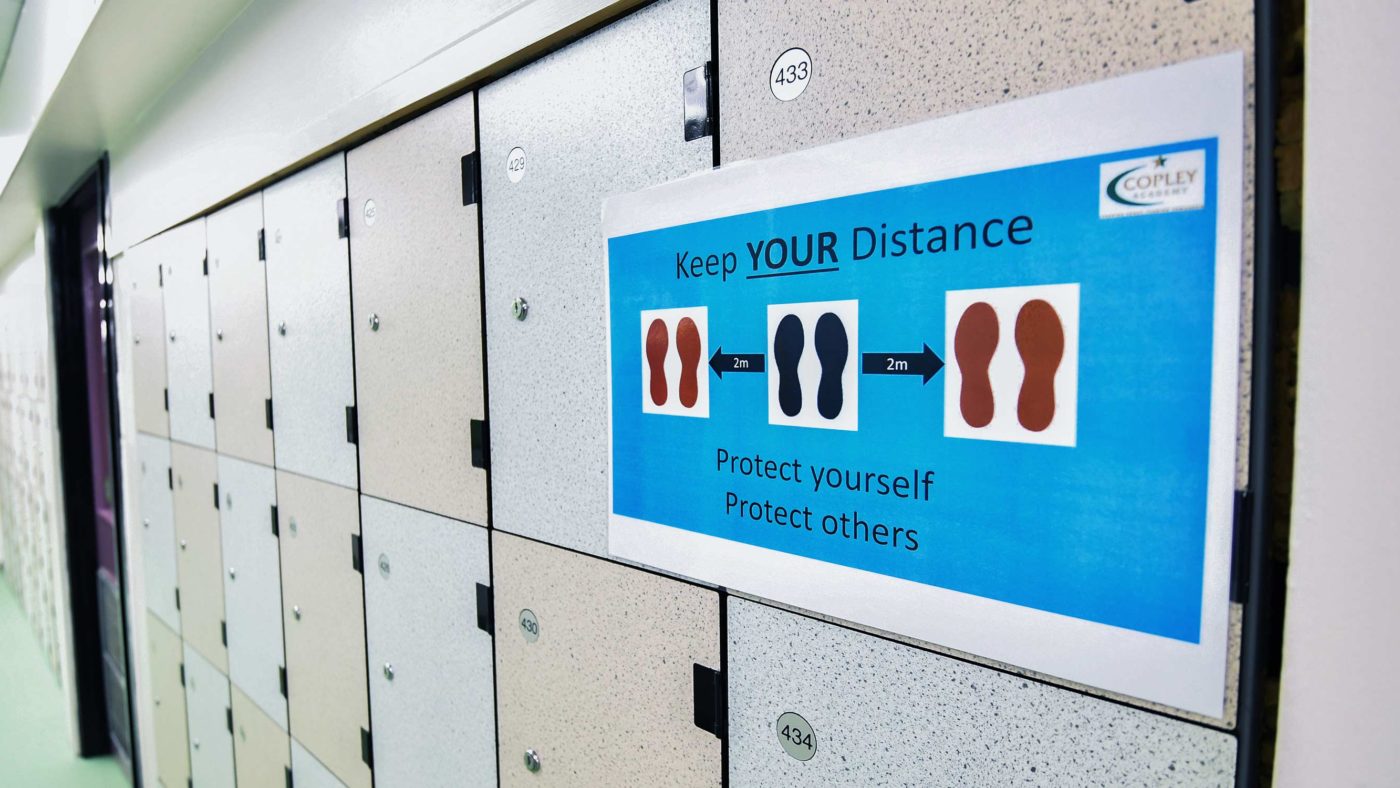When children went back to school on March 8 it was possible to believe it was a return to normality. There was a glimmer of hope that a relentless focus over the summer term might begin to undo some of the damage of lockdown.
Gradually, it has become clear that was a false dawn. Beset by the never-ending demand for risk assessments, pointless rules and, above all, the requirements on isolation, schools are finding it almost impossible to provide a decent education.
Before lockdown, governing bodies would scrutinise attendance levels. Ofsted and Department for Education were clear that attendance below 95% was a red flag and that children needed to be in school. We took that seriously: in the school where I am chairman of governors, we employed someone in the office to ring round every morning to check on absent children. Now the regulations on bubbles mean, across the country, we have 279,000 healthy children off school just because they are in the same class as someone with a positive Covid test.
What is particularly dispiriting is that the Department from Education has not undertaken any serious assessment of the impact of the policy. There is no data about how many of those isolating have caught the virus. All we have is anecdotal evidence that hardly any children seem to be infected by their classmates. The one thing we do know is that children do not get seriously ill from coronavirus, so isolation is not protecting their health.
We also know more about the costs of not being in school. Research on the impact of the last year’s school closures has showed, on average, children are about three months behind where they should be, but disadvantaged children have seen much greater loss. When the effects of the spring term lockdown are taken into account, the picture will be much worse. In starker terms, that means that there are children who could write who can no longer do so, children who could read who now can’t. The impact on secondary school children, especially those in exam years, will be just as great and they have less time to catch up. But instead of spending this term making up those deficits, isolation means that thousands of children are at home receiving a substandard remote education.
Children who are isolating are not just missing out on education, many of them are unsafe because they are not in school. Children’s social workers are seeing an ever expanding case load as the damage done to children during lockdown when no one was looking becomes apparent. More young people have been sucked into crime because the youth workers and teachers were unable to see them for months on end but the drug dealers were ever present. Isolation requirements are making it harder to rebuild relationships with those young people and keep them safe.
It is not just the isolation rules that are holding schools back. Anyone reading the Department for Education’s ‘Schools Coronavirus Operational Guidance’ will be left in a state of despair at its pointless micromanaging. It starts with the instruction that “it remains important to continue to minimise mixing between children”. Quite how this is to be reconciled with running a school which, by definition, is a place where large number of children mix together is unclear. Schools try to comply by implementing complex one-way systems and staggered lunchbreaks, but the minute the children leave the school grounds they all mix together on the bus, the park bench, or at home.
The rules also mean that many activities that enhance and enrich an education have been abandoned. Schools are instructed to “take particular care in music, dance and drama lessons to observe social distancing where possible”. They are told that playing instruments should take place outdoors. Singing is only allowed if you follow the “safer singing guidance.” You certainly cannot have a whole school assembly.
Schools are not supposed to share resources between bubbles, so they have to clean the science and the art equipment between classes. Most school libraries are shut because the books have to be quarantined for 48 hours between use.
The summer term is normally packed with school plays, sports days, leavers’ assemblies, and field trips. While it is possible to run some of these within the guidance, it requires so much effort that most have not bothered. If you want to hold a sports day, you need to fill in a ten-page risk assessment, make sure parents gather in groups of no more than 30, and make sure none of your bubbles mix. Each of these losses are small things, but each erode the quality of education.
While it is encouraging that government has recognised the problem, they need to inject some urgency into tackling it and make sure that any replacement for isolation does not create new logistical nightmares for schools. On Monday, ministers could and should abolish the isolation rules, abandon the operational guidance and instruct schools to get back to normal. Children deserve nothing less.
Click here to subscribe to our daily briefing – the best pieces from CapX and across the web.
CapX depends on the generosity of its readers. If you value what we do, please consider making a donation.


